Idea by
Maike Fraas & Maik Ronz
TWIMC
Call for ideas 2021
Kaleidoskop
Kaleidoskop
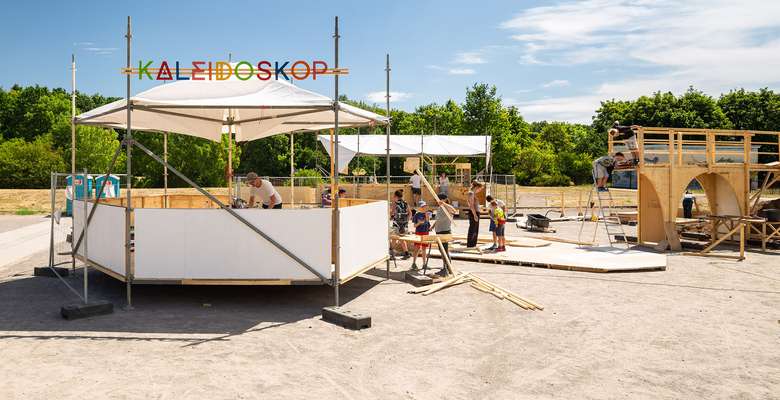
- Site-specific cases
Kaleidoskop is an open and independent format. It aims to work with local people on issues that affect their immediate urban environment. Central to this is the practical examination of the neighbourhood and the collaborative building of a 1:1 model using artistic methods and means of cultural education. In this way, the project creates a participatory offer with a wide range of possibilities for involvement and stands out from the routines of traditional urban planning participation processes.
Kaleidoskop is a model project that can be transferred to different peripheral places in rural or urban surroundings and be put into practice there. Through the activities on site, the supra-regional view is directed to places that are otherwise not in the focus of public attention or that are considered as "left behind". The joint actions and explorations of Kaleidoskop intend to create a positive perception in the sense of a Pride of Place.
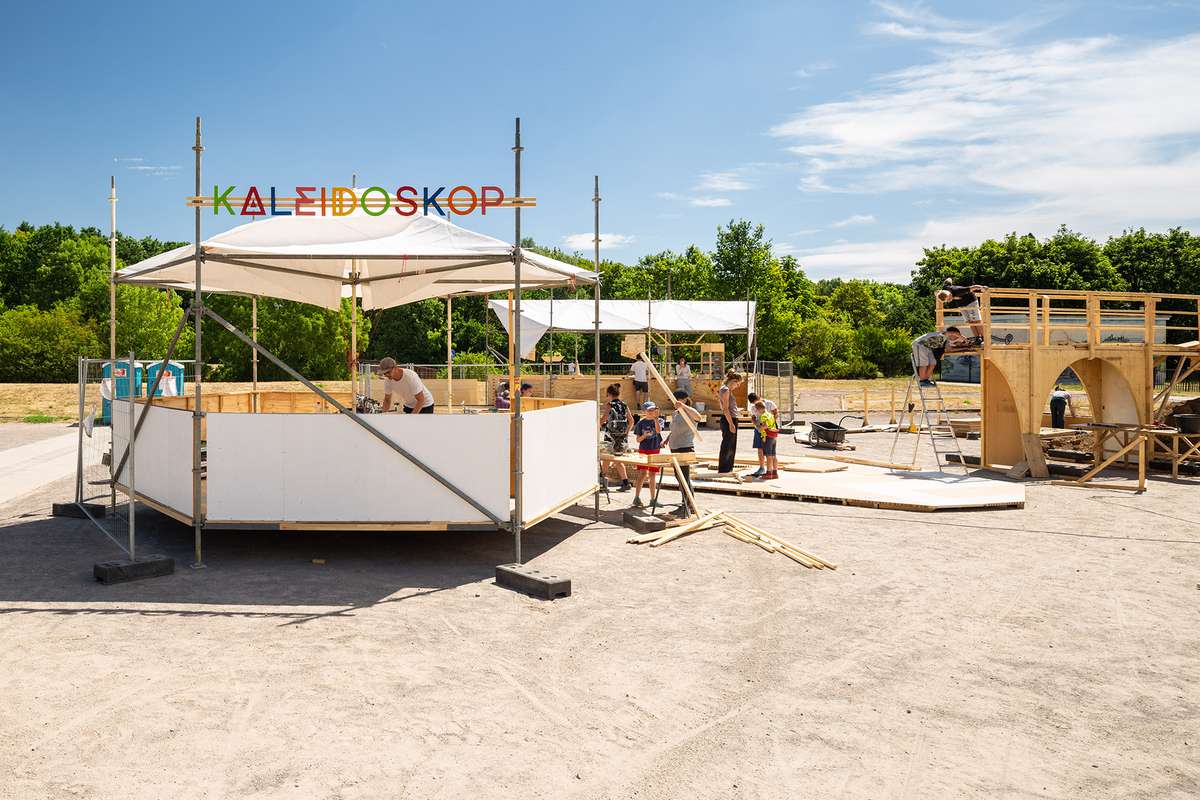
Kaleidoskop Südpark, Halle-Neustadt, Germany, 2018, taken by Michel Klehm
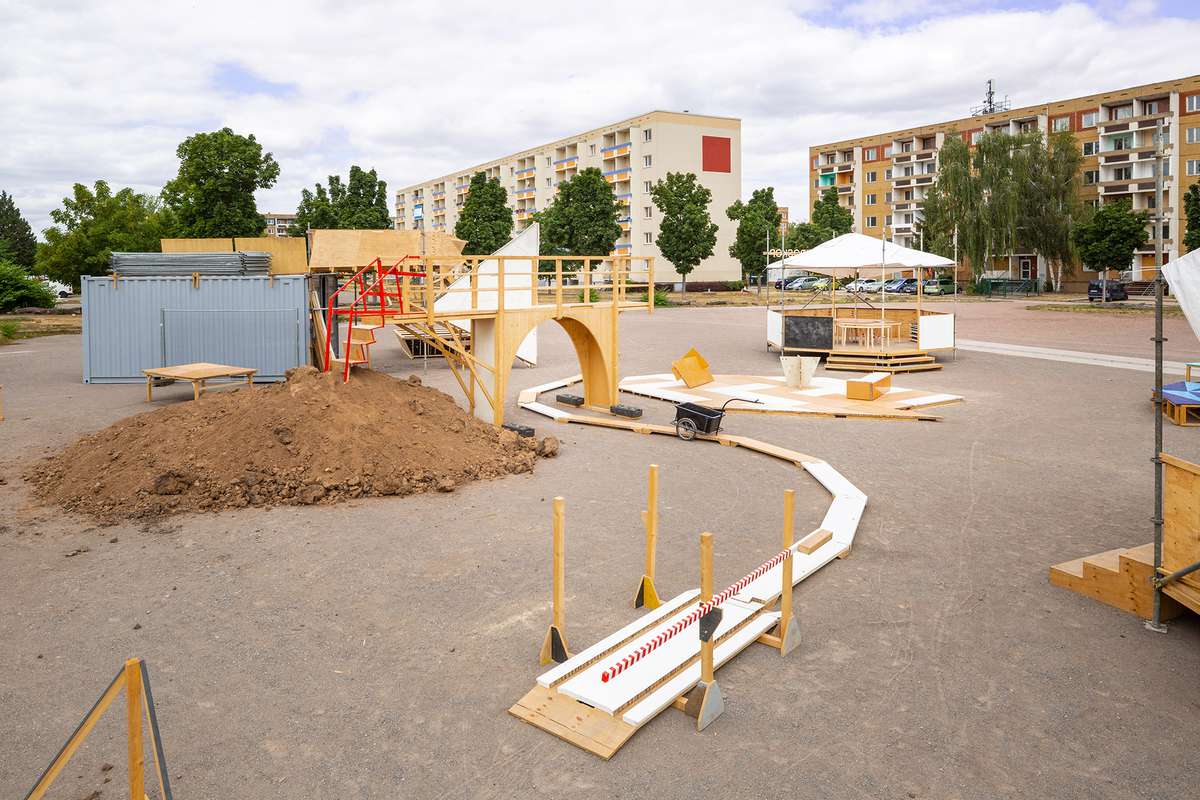
Kaleidoskop Südpark, Halle-Neustadt, Germany, 2018, taken by Michel Klehm
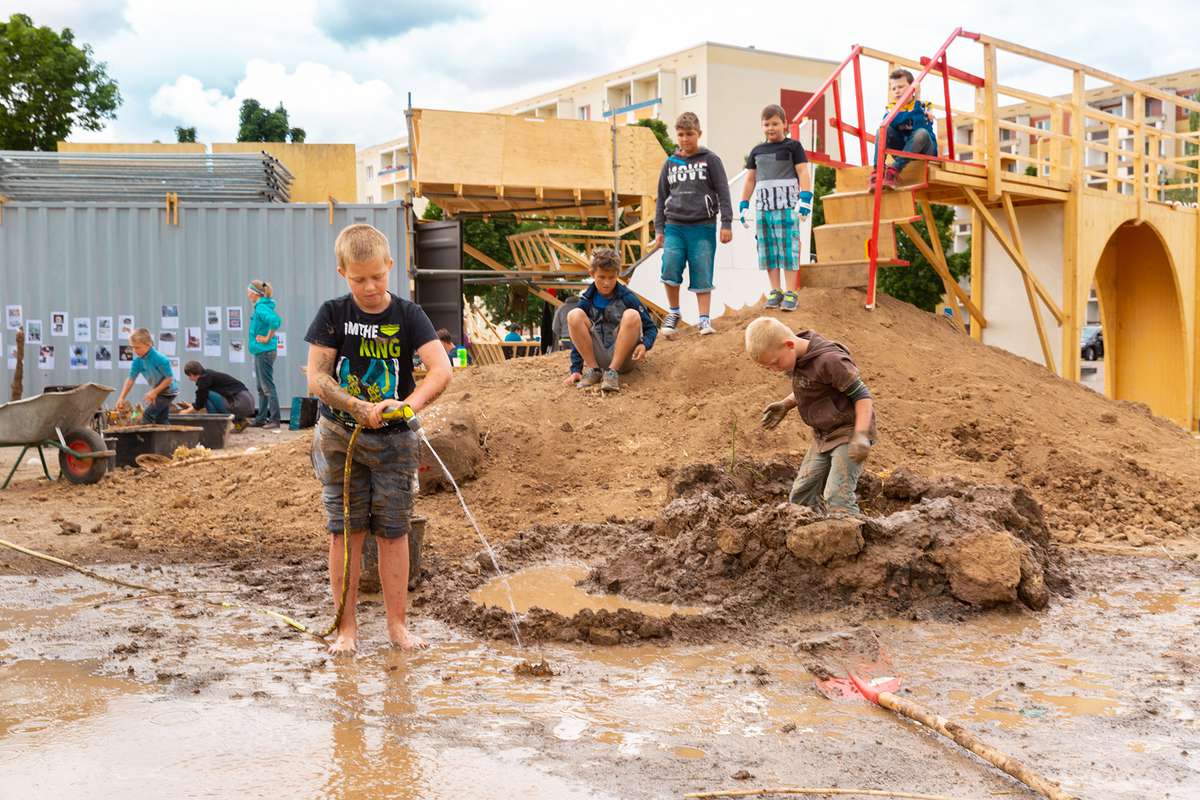
Kaleidoskop Südpark, Halle-Neustadt, Germany, 2018, taken by Michel Klehm
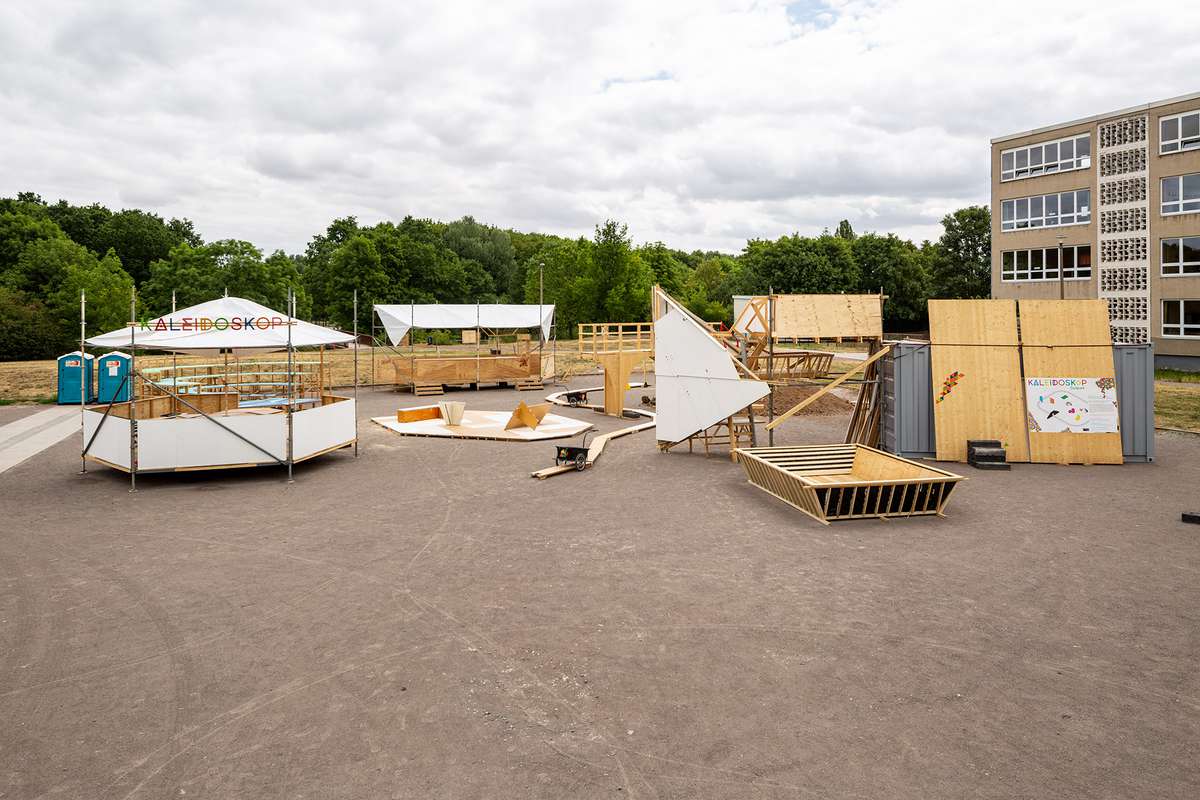
Kaleidoskop Südpark, Halle-Neustadt, Germany, 2018, taken by Michel Klehm
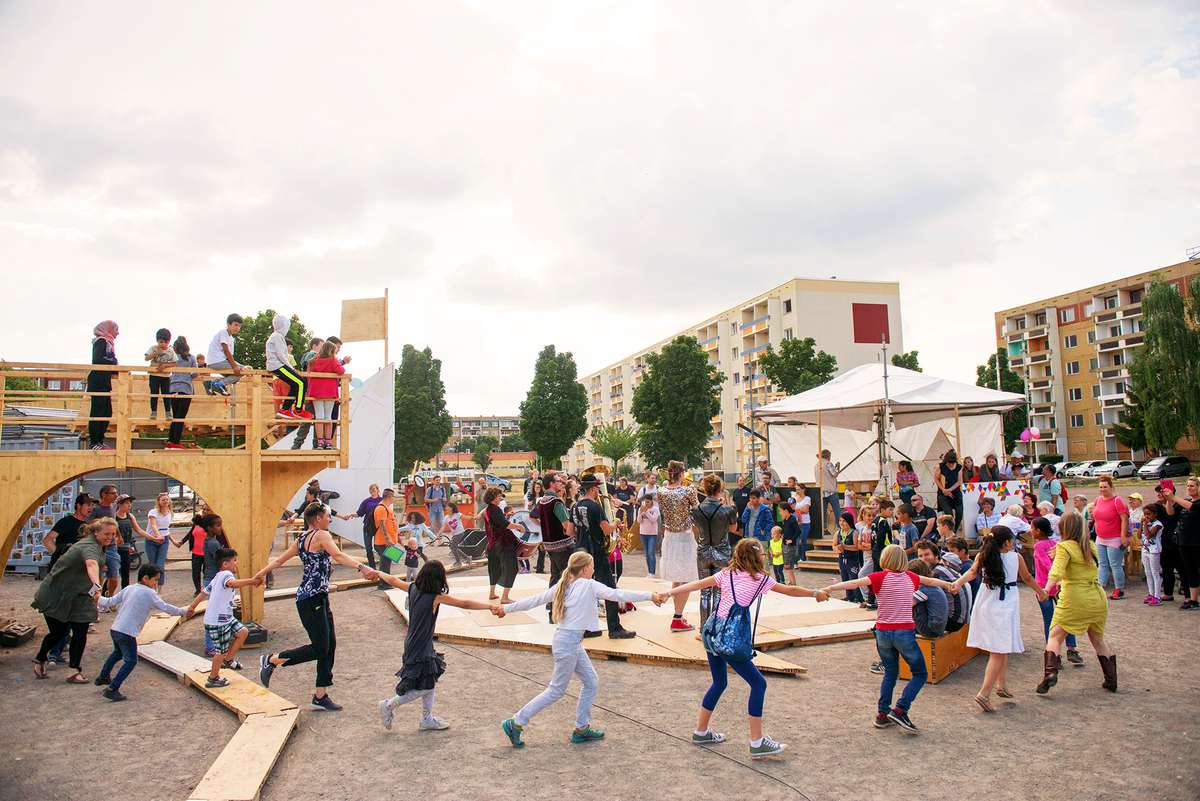
Kaleidoskop Südpark, Halle-Neustadt, Germany, 2018, taken by Veronica Andres
Kaleidoskop
Kaleidoskop

- Site-specific cases
Kaleidoskop is an open and independent format. It aims to work with local people on issues that affect their immediate urban environment. Central to this is the practical examination of the neighbourhood and the collaborative building of a 1:1 model using artistic methods and means of cultural education. In this way, the project creates a participatory offer with a wide range of possibilities for involvement and stands out from the routines of traditional urban planning participation processes.
Kaleidoskop is a model project that can be transferred to different peripheral places in rural or urban surroundings and be put into practice there. Through the activities on site, the supra-regional view is directed to places that are otherwise not in the focus of public attention or that are considered as "left behind". The joint actions and explorations of Kaleidoskop intend to create a positive perception in the sense of a Pride of Place.
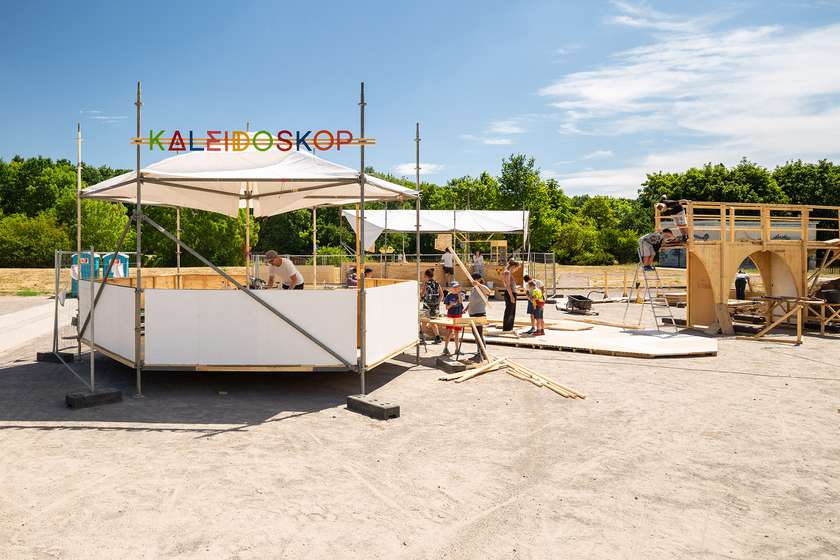
Kaleidoskop Südpark, Halle-Neustadt, Germany, 2018, taken by Michel Klehm
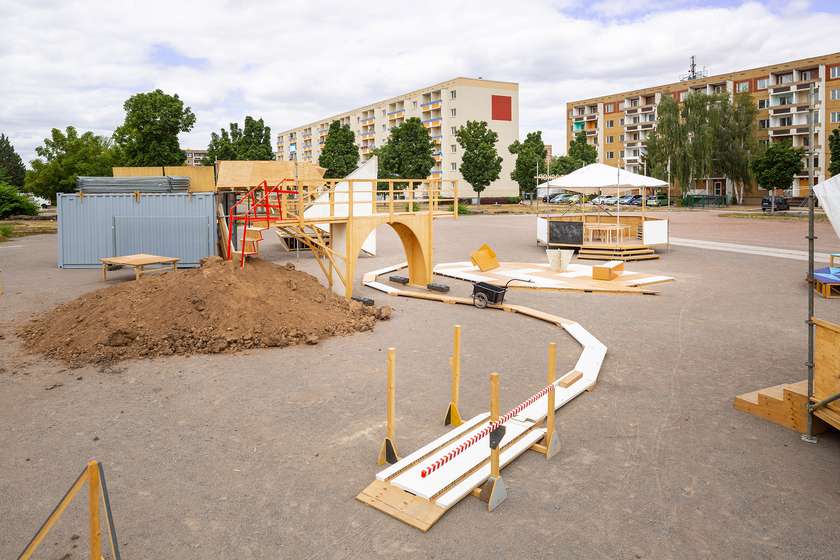
Kaleidoskop Südpark, Halle-Neustadt, Germany, 2018, taken by Michel Klehm
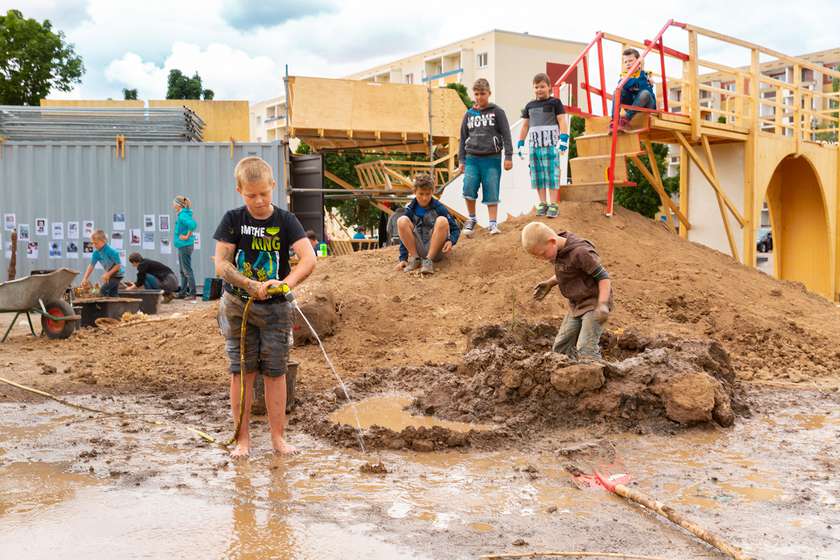
Kaleidoskop Südpark, Halle-Neustadt, Germany, 2018, taken by Michel Klehm
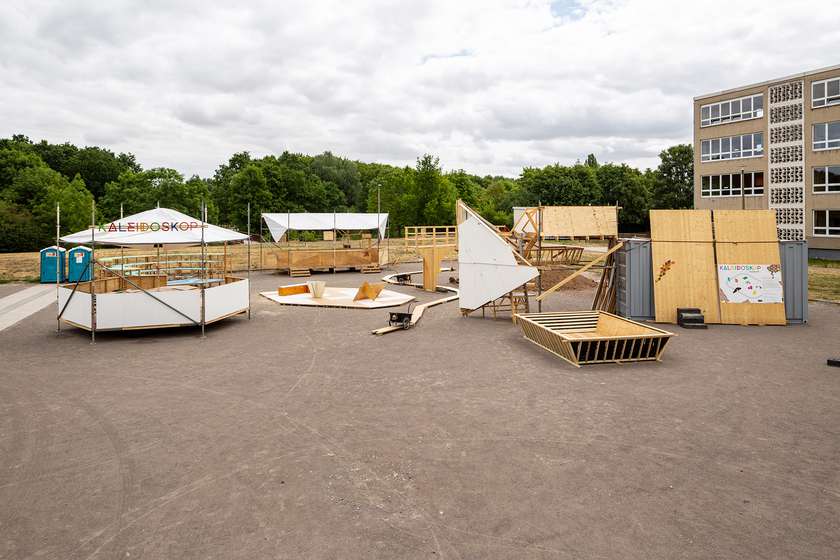
Kaleidoskop Südpark, Halle-Neustadt, Germany, 2018, taken by Michel Klehm
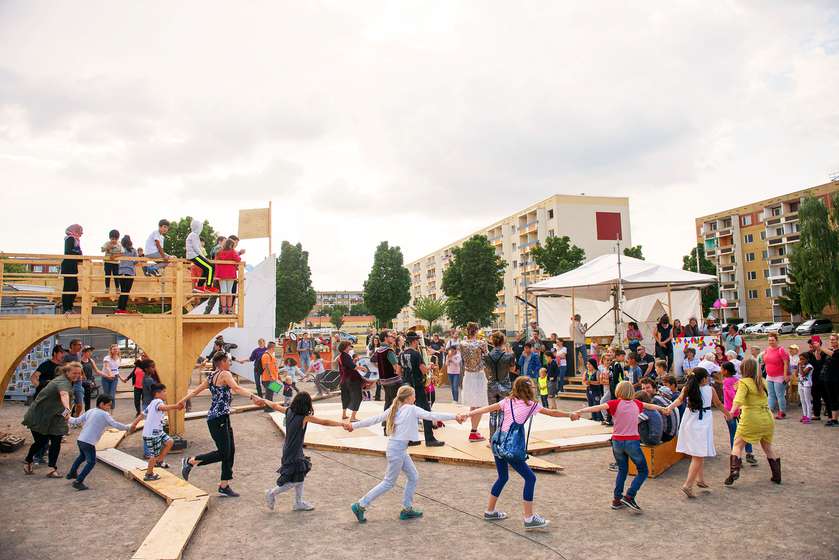
Kaleidoskop Südpark, Halle-Neustadt, Germany, 2018, taken by Veronica Andres